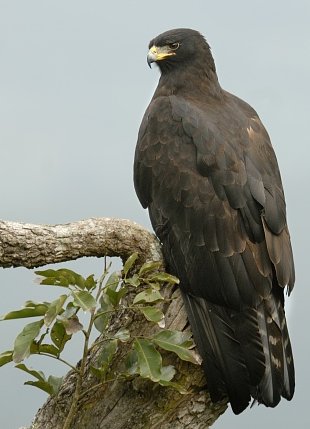1. The last of the stars with a current right ascension less than 1h in the alphabetical order given in my elementary astronomy book is Sirrah ('The Woman in Chains'). But in competition with Caph (presumably the thumb of Kaff al Hadib, the large Hand Stained with Henna) it should come as number 2 in my list - a queen must be older than her daughter:
Much has already been said concerning Sirrah and there should not be much more to add one could think. I have suggested Rogo in Gb6-26 represents a stage in the yearly path of Sun, and if it stands at winter solstice (south of the equator), then we can comprehend why there are ca 300 glyphs (days) from Gb6-26 to where the front side of the text is turned around to the back side:
Rogo in Gb1-3 has no head, and a sign which presumably means 'water' is telling the same story - Sun has left. Maybe there is a star positioned at this place. If so, then we should be able to count its current right ascension to be about (63 + 233) * 4 = 1184 = 19h 44m later than Sirrah's 0h 06m. These are the stars listed in my book with a right ascension greater than 19h but less than 20h:
A dragon high up around the north pole (Draco), an archer (Sagittarius), his arrow (Sagitta), together with the great birds eagle (Aquila) and swan (Cygnus) give us an unanimous message of 'upwards'. North of the equator it should mean that the 'fire' is returning back up into the sky again, after having been present for 10 months from spring equinox. Deneb Okab means the tail of the (black) eagle, which is a fitting name for the star which coincides with Gb1-1. The glyph is obviously connected with the end of side a. The G text has months which 'carries' primarily 29.5 nights in each.
"To the Arabians the classical figure [of Aquila] became Al 'Okāb, probably their Black Eagle, Chilmead citing this a Alhhakhab ..." (Allen) The swan (Cygnus) is rather a Moon bird than a Sun bird and thus Albiero could correspond to Rogo with water instead of a red blazing head:
"Albiero, the now universal title, is in no way associated with Arabia, but apparently was first applied to the star from a misunderstanding as to the word ab ireo in the description of the constellation in the 1515 Almagest. Albirco in the Standard Dictionary undoubtedly is from a type error, as also may be Abbireo, Alberio, and Albeiro, which occasionally are used." (Allen) |
|||||||||||||||||||||||||||||||||||||||||||||||||||||||||||||||||||||||||||||||||||||||||||||||||||||||||||||||||||||||||||||||||||||||









